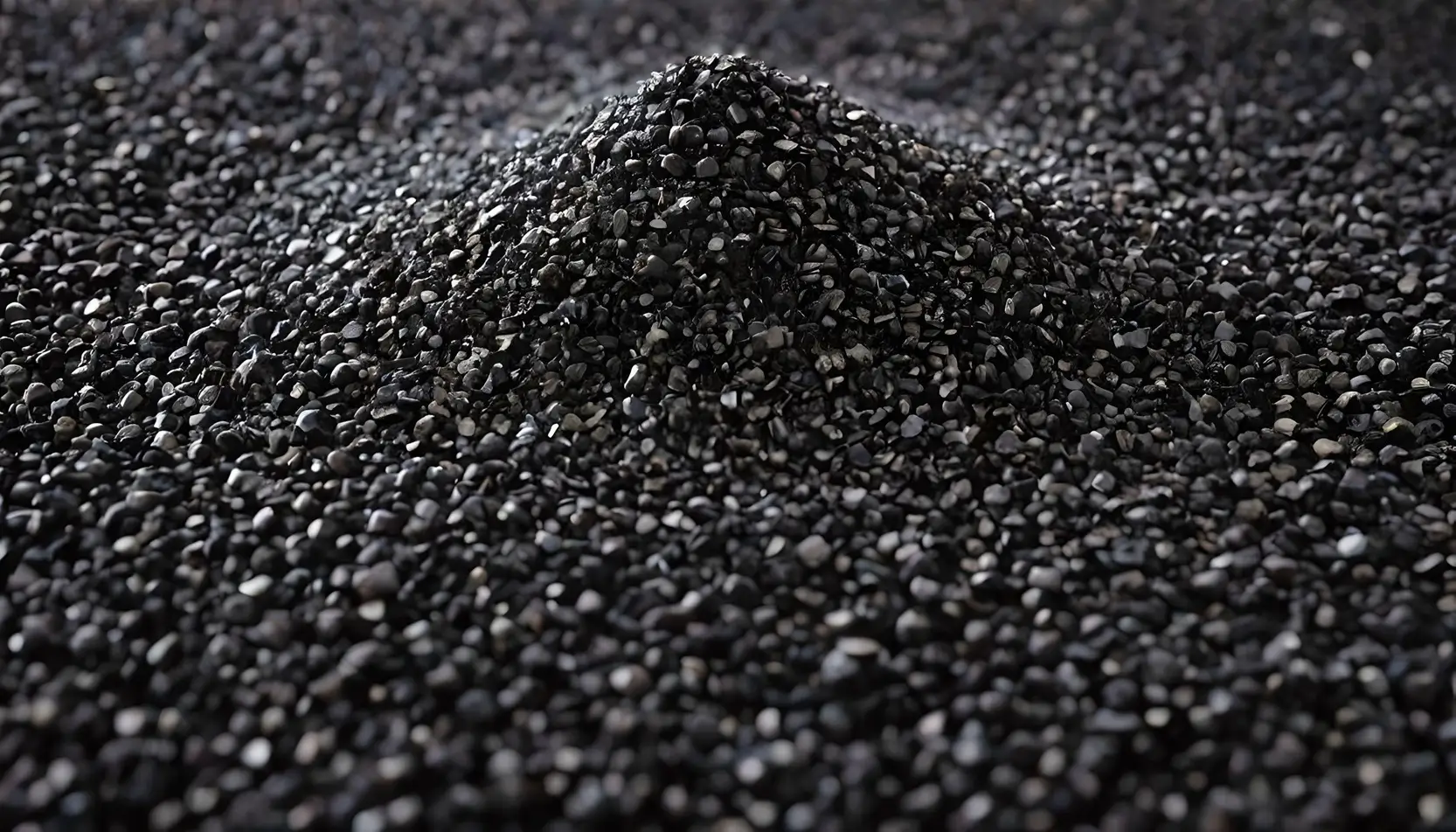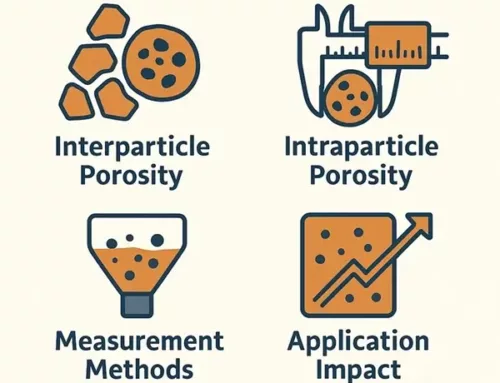
Tribology, the study of friction, wear, and lubrication, is critical in understanding how surfaces interact in both natural and engineered systems. These phenomena play a pivotal role in the performance and longevity of materials, especially in powder technology—a field where fine, particles are manipulated, transported, and compacted. This article delves into the tribological powder properties, emphasizing their significance in industrial applications such as additive manufacturing, metal forming, and surface coatings.
The Role of Tribology in Powder Technology
In powder technology, understanding tribological powder properties is essential. The principles of friction, wear, and lubrication are not just theoretical but have practical implications. Effective lubrication strategies, for instance, can enhance material flow, reduce energy consumption, and improve product quality. The transition from basic tribological concepts to practical applications in powder processing is vital for industries ranging from aerospace to automotive.
Key tribological powder properties
Tribological properties dictate how materials behave under friction and wear conditions. When two surfaces slide against each other, the resistance encountered—known as friction—is influenced by surface roughness, material composition, and environmental conditions.
- Surface Roughness: Rougher surfaces create more friction due to mechanical interlocking between asperities, while smoother surfaces may reduce friction but risk increased wear if not properly lubricated.
- Material Composition: Harder materials typically exhibit lower wear rates, resisting deformation under stress. Materials like graphite and molybdenum disulfide possess intrinsic lubricating properties, forming films that reduce friction and wear.
- Environmental Factors: Temperature, humidity, and atmospheric pressure can significantly influence tribological behavior. High temperatures may soften materials, increasing wear, while low temperatures can cause brittleness.
Wear Mechanisms in Powder Technology
Wear mechanisms such as adhesive wear, abrasive wear, erosive wear, fatigue wear, and oxidative wear govern material degradation over time:
- Adhesive Wear: Occurs when material from one surface adheres to another, leading to material transfer—common in metals.
- Abrasive Wear: Involves material removal due to hard particles or asperities sliding against a surface, a concern in particulate environments.
- Erosive Wear: Results from particle or fluid impact, typical in turbine blades.
- Fatigue Wear: Caused by cyclic loading, leading to crack formation and material removal.
- Oxidative Wear: Accelerated in high-temperature environments, oxidation increases friction and material loss.
Lubrication Strategies
Lubrication is crucial for managing friction and wear in tribological systems. Liquid lubricants, including oils and greases, provide a fluid film that separates surfaces, reducing direct contact. Solid lubricants like graphite and boron nitride are particularly effective in high-temperature or vacuum environments where liquid lubricants fail.
Testing Methodologies in Tribology
Specialized testing methodologies simulate real-world conditions to evaluate the tribological powder properties:
- Friction Testing: A tribometer measures the coefficient of friction between powder particles and surfaces, with setups like pin-on-disk providing accurate frictional force measurements.
- Wear Testing: Techniques like the block-on-ring test assess the wear rate and frictional behavior over time, offering insights into long-term powder performance.
- Advanced Testing: Tribocorrosion testing examines the combined effects of wear and corrosion, crucial for powders exposed to corrosive environments. Abrasion tests measure how powders respond to high friction and abrasive forces.
Harnessing AI and Data Science in analyzing tribological powder properties
The integration of artificial intelligence and data science is revolutionizing tribological research. AI-driven predictive models and machine learning algorithms can analyze complex datasets, identifying patterns and correlations that traditional methods might miss. These technologies enable more accurate predictions of wear and lubrication performance, leading to optimized material formulations and process adjustments, all thanks to ever-growing tribological powder properties insights.
Conclusion
Advancements in AI and data science represent a significant leap forward in tribological research, offering new opportunities to enhance powder technology. As these technologies continue to evolve, they will refine current processes and pave the way for future innovations, driving improvements in performance and efficiency across various industries.




